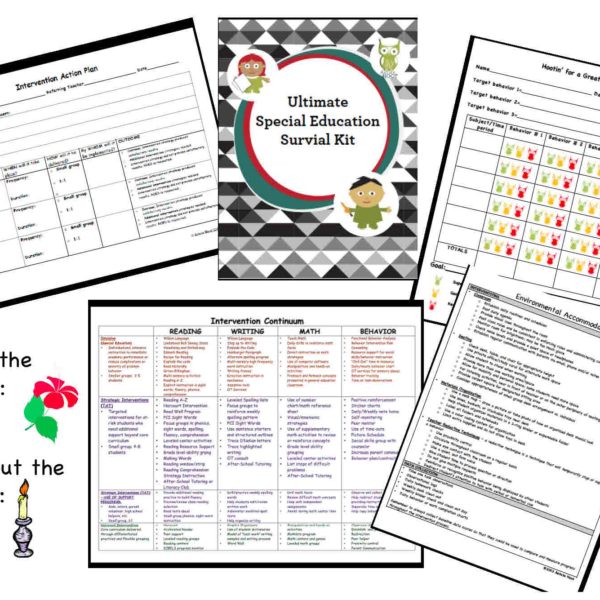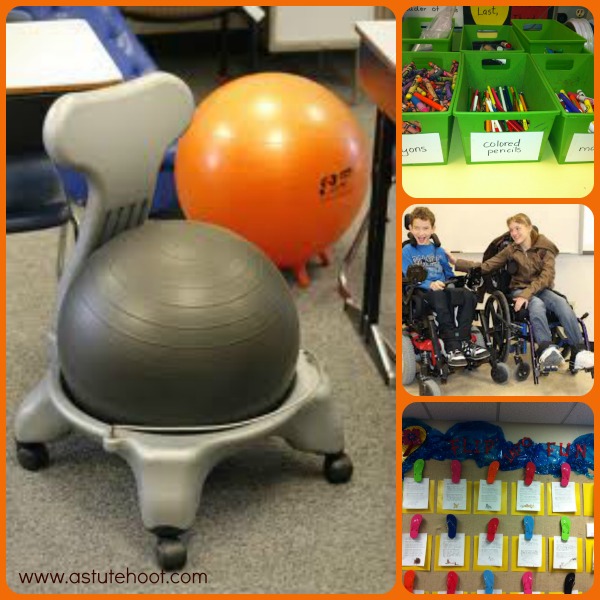Welcome to the first post in our Special Education 101 blog series. I’ll be sharing my top tips, tools and resources I’ve gathered from over 15 years as a special educator.
The classroom environment is a critical component to academic success. Teachers can proactively set up their classrooms to minimize distractions, decrease misbehavior, and increase academic engagement. Here are 5 key considerations when you set up your classroom.
1. Keep space clear for easy access and movement for students in wheelchairs. Set up desks and tables to allow for wide aisles and space to turn around.
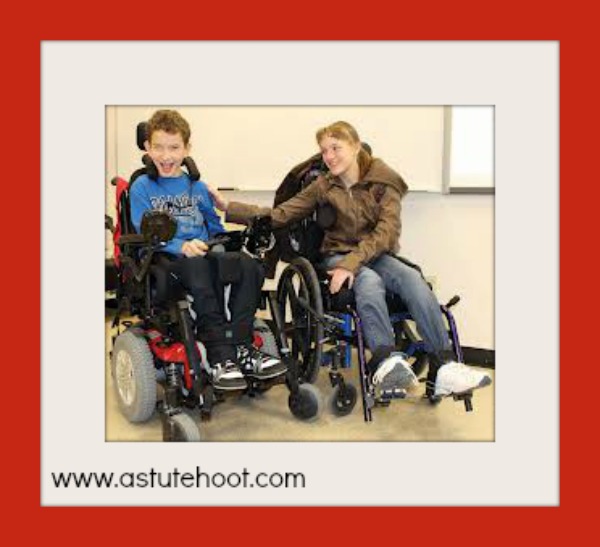
2. Set up tables for small group work. It is important to have designated space for guided reading groups, small group interventions, and center-based instruction. Small group instruction allows for easy differentiation when working with students with a wide range of ability levels and needs. Check out this recent post on how to create a DIY interactive whiteboard table.
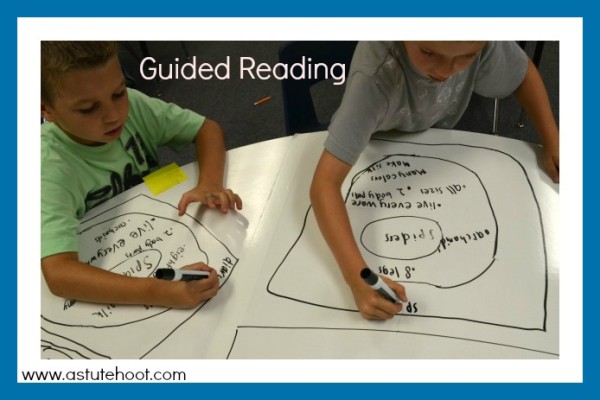
3. Provide room for sensory equipment if needed. Even if your school has a designated room or space for sensory equipment, it will be important to have a special space for sensory breaks in your classroom as well. This space can be a quiet place for students to take a break when over-stimulated or a place refocus by completing activities per their sensory diet.
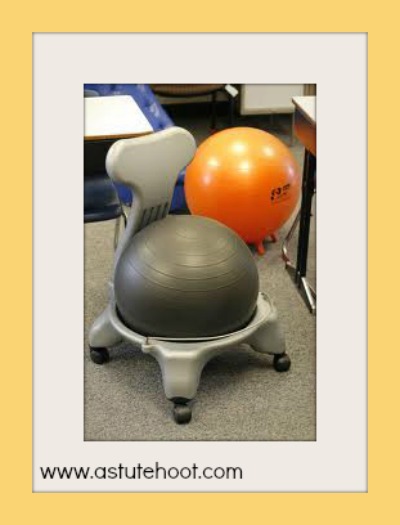
4. Create a literacy rich environment. Label classroom objects and materials to strengthen reading skills. Set up a motivating and comfortable reading corner with a variety of text genres and levels. Use word walls to post commonly used words and thematic vocabulary.

5. Display student work on engaging bulletin boards. Encourage students to take pride in their work and show what they know by showcasing their work on a special bulletin board.
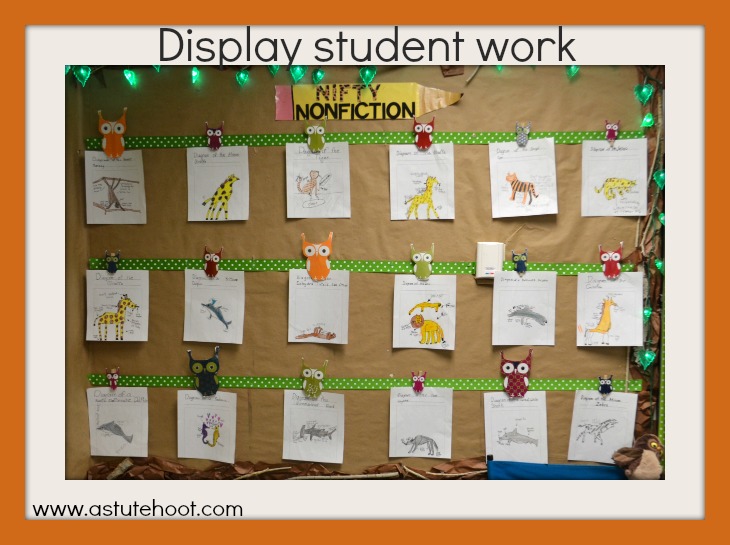
Looking for more resources and ideas? Check out our Ultimate Special Education Survival Kit with over 125 pages of ready-to-use tools, assessments, templates and resources.
